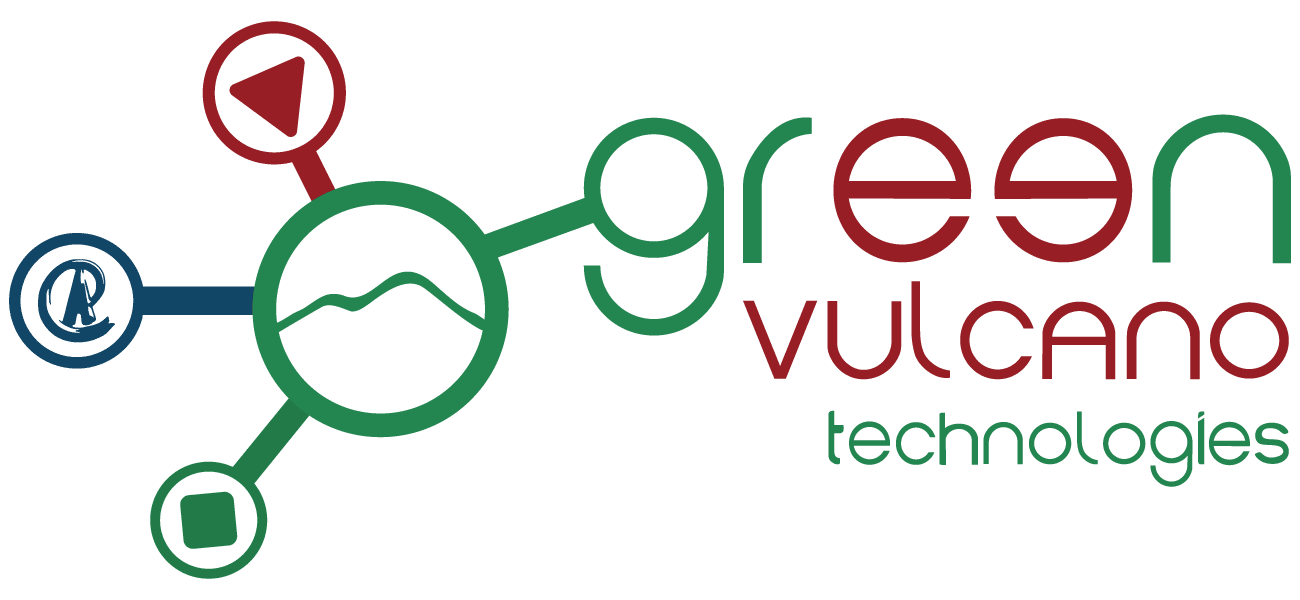Cloud vs On-Premise Systems
Cloud solutions, and cloud-based ERP systems, have become much more popular in recent years - especially among small and midsize businesses - but there are many reasons why firms continue to choose traditional, on-premise systems.
In this article we are going to analyze main motivation to use the one or the other solution in order to guide enterprises to the choice of the right architecture for every environment.
Advantages of Cloud Systems
As someone wrote “...adopting a cloud-based business solution is a bit like renting an apartment
that comes pre-furnished [not always] to your taste”.
Indeed, one of the more visible and appealing characteristic of cloud is his inexpensiveness and the possibility to choose between a large variety of deployment offering.
For example:
- Private cloud: used exclusively by one user
- Community cloud: used exclusively by a group of people or a community
- Public cloud: used openly by the general public.
- Hybrid cloud: made up of two or more deployment models (private, community and public) within the same organization.
Today cloud-based solutions operate on a “pay-as-you-go” structure that offers more flexibility to smaller organizations and even a large variety of business models possible:
- Software as a Service (SaaS): Applications like email, CRM, cloud storage, etc.
- Platform as a Service (PaaS): in this case we could find web sites, web applications, etc.
- Infrastructure as a Service (IaaS): for example virtual machines in the cloud and made available to the customer.
Moreover, the cloud is highly scalable, it can expand and shrink with your organization. That’s a helpful feature for industries that often see periodic surges in activity, especially during events like holidays or tax seasons.
On-Premise
On the other hand, on-premise solutions are those that are deployed in the traditional manner. Servers are acquired and operating systems are installed but all of that lives within your organization. You’re responsible for them, to at least some degree. You might virtualize the servers, but the physical hosts are still there.
Moreover, on-premise systems are known to be more customizable and to offer greater control over data. In fact, data security is one of the chief impediments to widespread cloud adoption.
In addition to having internal oversight of data, on-premise models allow companies to have dedicated IT staffers for maintenance; support and custom disaster recovery plans. But on-premise is not without its drawbacks, from cost prohibitive hardware and software to limited storage capacity to having to keep up with new features and functionality.
Last, but not least, is the importance of platforms used to work with these systems: organizations will find that cloud systems are usually more mobile-friendly compared to their on-premise counterpart.
Which Solution will work best for you?
Like many other IT questions, the answer is “it depends”: it depends on many thing intimately related to your company.
If you have the necessary expertise on staff, and sufficient resources to provision what is required, then you may want to keep it on-prem.
Instead, if you don’t have, and can’t afford, the expertise on staff to maintain something, cloud based offerings will be more appealing.
Look at the table below for a detailed view on advantages and disadvantages of the two alternatives:

Source: GFI Software
The worldwide cloud computing market grew by 21 percent in 2015 and shows no sign of slowing. The cloud offers benefits for many organizations, but it’s particularly well-suited for small and midsize companies.
There's no right or wrong answer when choosing to maintain data and applications in the cloud or on premises. Some data and apps are low impact and relatively easy to transition to the cloud, other can be mission critical and might be best to kept them on premises.
Is there a Third Alternative?
The adoption of a Cloud or On-Premise system it depends on the business you are in, the kind of data you manage, and how you’re comfortable with a third party managing the risk.
Recently, the market have discovered a “third solution”, a merge of the two alternatives, allowing everyone to benefit from the pro’s of both solutions: an hybrid system.
Given the capabilities of today’s technology (in terms of on-premise and cloud integration) in GreenVulcano we prefer to suggest our customer to seriously consider hybrid solutions.
Let’s think about an enterprise (name it: newco&co) that have a complex and extended on-premises systems (i.e. SAP). Newco&co could be interested in creating a new company branch to explore new business opportunities.
This kind of activity would require speed for the research, low starting investments and an agile team. These characteristics would be guaranteed by an hybrid solution carrying together the existing on-premise solution and all the cloud applications needed.
In this particular case we would likely suggest to Newco&co the use of the GreenVulcano solution, that would integrate all his on-premises systems and work as an enabler of whatever cloud application.
After the implementation the Newco&co would benefit of a fast and flexible architecture, able to connect with existing systems and work with every new cloud solution: instead, the newly builded branch would enjoy of a pay-per-use systems and be allowed to use new applications jointly with the older ones (without the need for the company IT to work on more, time-wasting tasks).
In other words: the Newco&co, using a reducted budget, could test new ideas for his business and run the smallest risk possible utilizing all the best (cloud and on-premise) technology at his disposal.
Conclusion
As a matter of fact, an hybrid solution allows companies of every size, to better deal with a globalized market. Hybrid systems mean that a startup/mid-size company can have an architecture capable to rapidly grow (or decrease) in data managed, add or subtract features and, ultimately, to always use the right amount of time and money resources.
Write us to have more information or to leave us a comment


